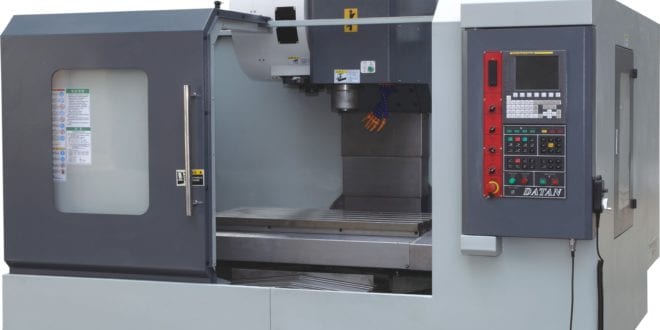
What are the Advantages of CNC Machining vs Manual Machining? the benefits of cnc machining CNC (Computer system Numerically Managed) machining is a manufacturing process in which pre-programmed computer software application dictates the motion of factory tools and machinery. Utilizing this kind of device versus manual machining can result in enhanced accuracy, increased production speeds, improved security, increased efficiency, and most of all cost savings.What are the Advantages of CNC Machining?
The precision of the CNC machine makes sure consistent product quality. The procedure is more accurate than manual machining and can be repeated in exactly the exact same way over and over again.
Increased production speed and increased effectiveness. Computers are utilized to manage the makers, the process is automated therefore increasing speed and quality of manufacturing. Considering makers do not tire or need breaks it makes it more efficient than manual machining. One of the primary benefits for the operators of CNC makers is security. Using CNC makers are much safer than by hand run machines as they work behind a guard or even a closed, transparent security door.
CNC Machining is more cost effective. Traditional machining requires one operator per device. CNC machining needs fewer machine operators because one experienced operator can run several machines at one time. Considering that the CNC is so precise it decreases errors from the production procedure and gets rid of unneeded waste. CNC Machining Services for Custom Applications
Eagle concentrates on Swiss CNC Machining, providing a few of the most elaborately formed stainless-steel parts readily available in the market. We can working in sizes varying from 0.030 ″ to 2 ″, enabling us to satisfy the unique specifications of even the most requiring applications. To learn more on our Swiss CNC machining services and capabilities, just call us or request a quote today.Half a century ago, machinists were always responsible for crafting every piece to perfection. These skills are still required, but when it comes producing the same piece at high volume and high precision, digital makers are greatly remarkable. That's where Computer Numerical Controlled (CNC) machining comes in. CNC machining is a production technique that utilizes pre-programmed computer system software to control machining tools. This technology can be utilized to perform a variety of complex processes, including grinding, routing, milling, punching, turning and lathing. CNC machining reinvented the industry in the 1960's and is the dominant method of machining today. It is very important to comprehend the different benefits and drawbacks of utilizing this technology in your manufacturing operations. Constant Use: Unlike manual labor, CNC equipment (disallowing any breakdown or maintenance problem) can work continually over any period of time without a break. This significantly increases performance and efficiency. Consistency, Precision and Redundancy: With computer software application, the style of any given product only needs to be configured as soon as. The CNC maker can then perfectly replicate that style, for any order amount. Low Ability Requirement: CNC machine operators require little training and skill when compared to manual machine operators.
Fewer Personnel: Since computer software application controls the equipment, less technicians are required for operation and oversight, cutting general costs. Flexibility: The software application can be reprogrammed quickly and easily to produce different parts, permitting operations to stay up to date with shifting client needs. Capability: This technology uses computer system accuracy to go beyond the limitations of manual abilities. More intricate and detailed operations are possible with CNC machining. Expense: CNC devices Die Fabrication are more expensive and need a higher initial financial investment than devices that can be operated by hand. Nevertheless, as this technology ends up being the requirement, supply is increasing resulting in expenses gradually decreasing.
Abilities Loss: As the need for manual device operators reduces, fewer and fewer brand-new trainees adopt those skills. This could eventually cause the total loss of long-preserved skills.
Joblessness: Automation decreases the requirement for workforce, and fewer workers are worked with. That said, the requirement is now moving to software application engineers and mechanical engineers, and education and training will need to get used to fulfill that need. To learn more on the abilities gap in the manufacturing industry, referral this article.